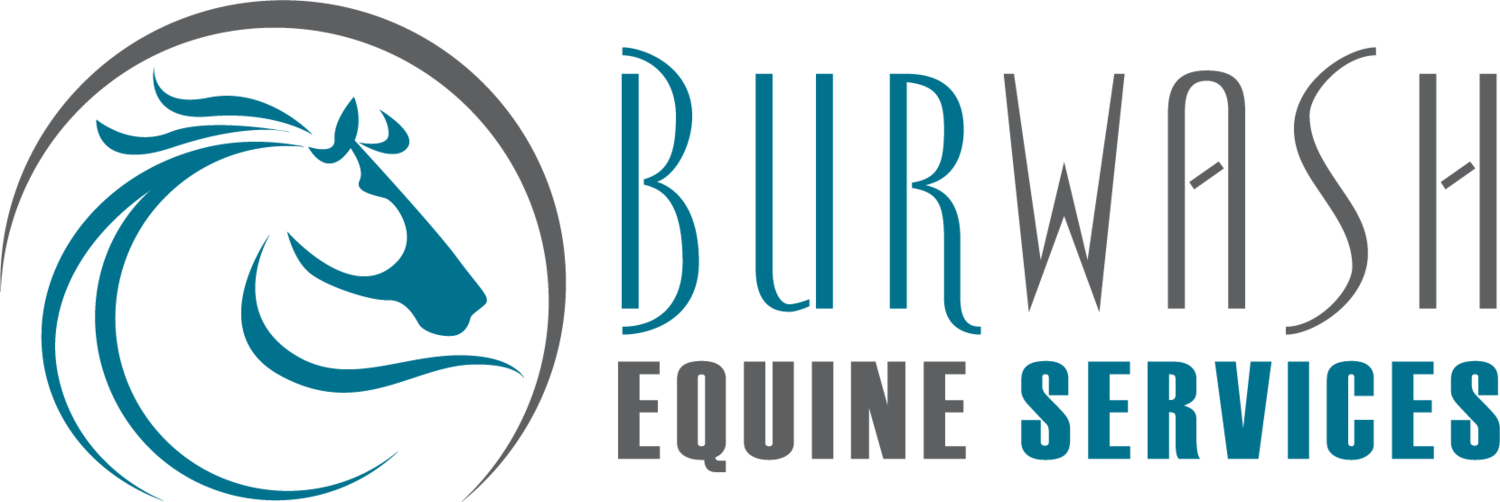Dr. Lindsay Rogers discusses topics of importance to the care of senior horses, including weight control and feeding, winter care, herd and housing management, and diseases that are more common in geriatric horses. She offers advice on monitoring and optimizing the quality of life for individual older horses, with lots of awesome examples from her own eccentric herd of equine seniors.
Saying Goodbye: a discussion about euthanasia
Euthanasia is a term that comes from the Greek language and translated into English means “good death.” The most common method of euthanasia is via a lethal injection of a barbituate drug, but other methods may also produce a “good death.” There are many reasons for an owner to choose euthanasia and the decision to euthanize a horse is often a difficult and deeply personal for the owner.
The Equine Eye by Dr. Kirby Penttila
Equine Lameness Evaluation
Forage Alternatives
FEEDING WHEN HAY IS SHORT—WHAT ARE THE ALTERNATIVES?
As Presented by Dr. Alyssa Butters,
2009 Equine Services Fall Seminar
With the poor weather during the growing season this year and the widespread shortage of hay, many people have been faced with the prospect of paying for very expensive hay for their horses, or even having difficulty finding hay altogether. Therefore, a commonly heard question has become—with what can I replace hay in my horse’s diet?
So why do we feed hay in the first place? For most horses, hay should comprise the majority of their daily ration. For the average adult horse, good grass hay supplies nearly all their daily protein requirement. Most grass hays contain 9-12% protein, close to the needs of an adult horse at maintenance (10-11%). Hay also provides a good source of fibre. Although not truly a “nutrient,” horses digestive systems have adapted in environments where they graze almost continuously throughout the day, and they have a drive to consume fibre. No absolute minimal level of necessary fibre has been established, however inadequate dietary fibre can lead to increased wood chewing behavior and can increase the incidence of colic and gastric ulcers.








